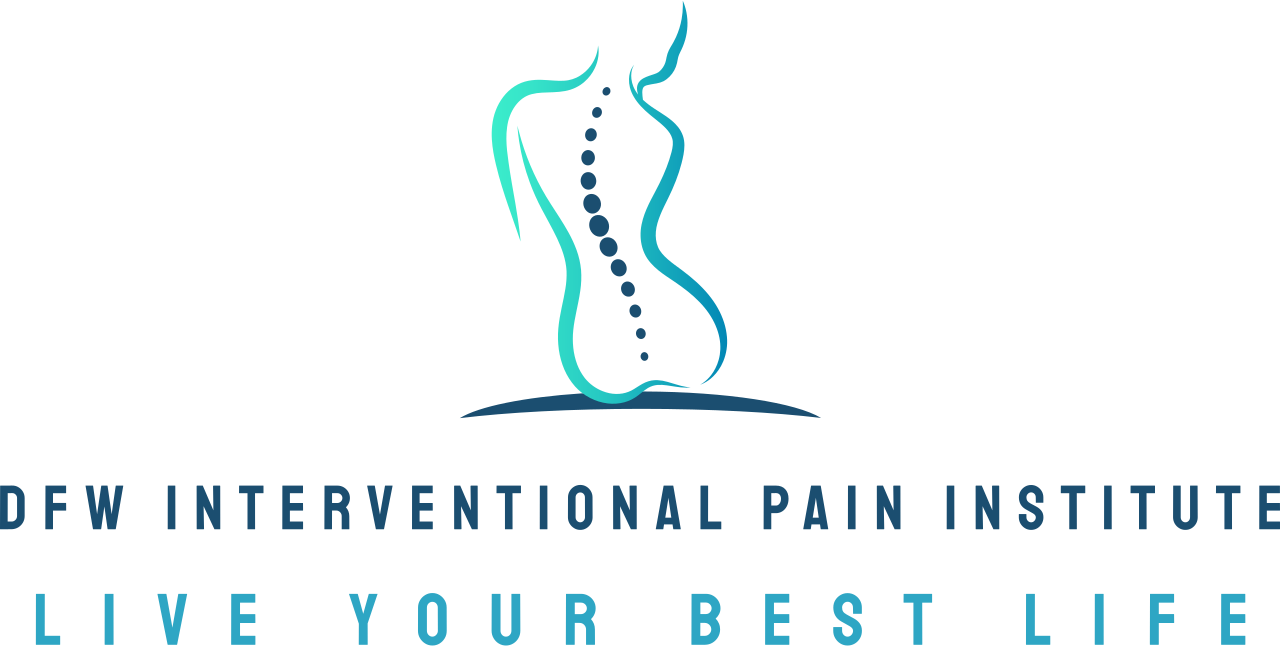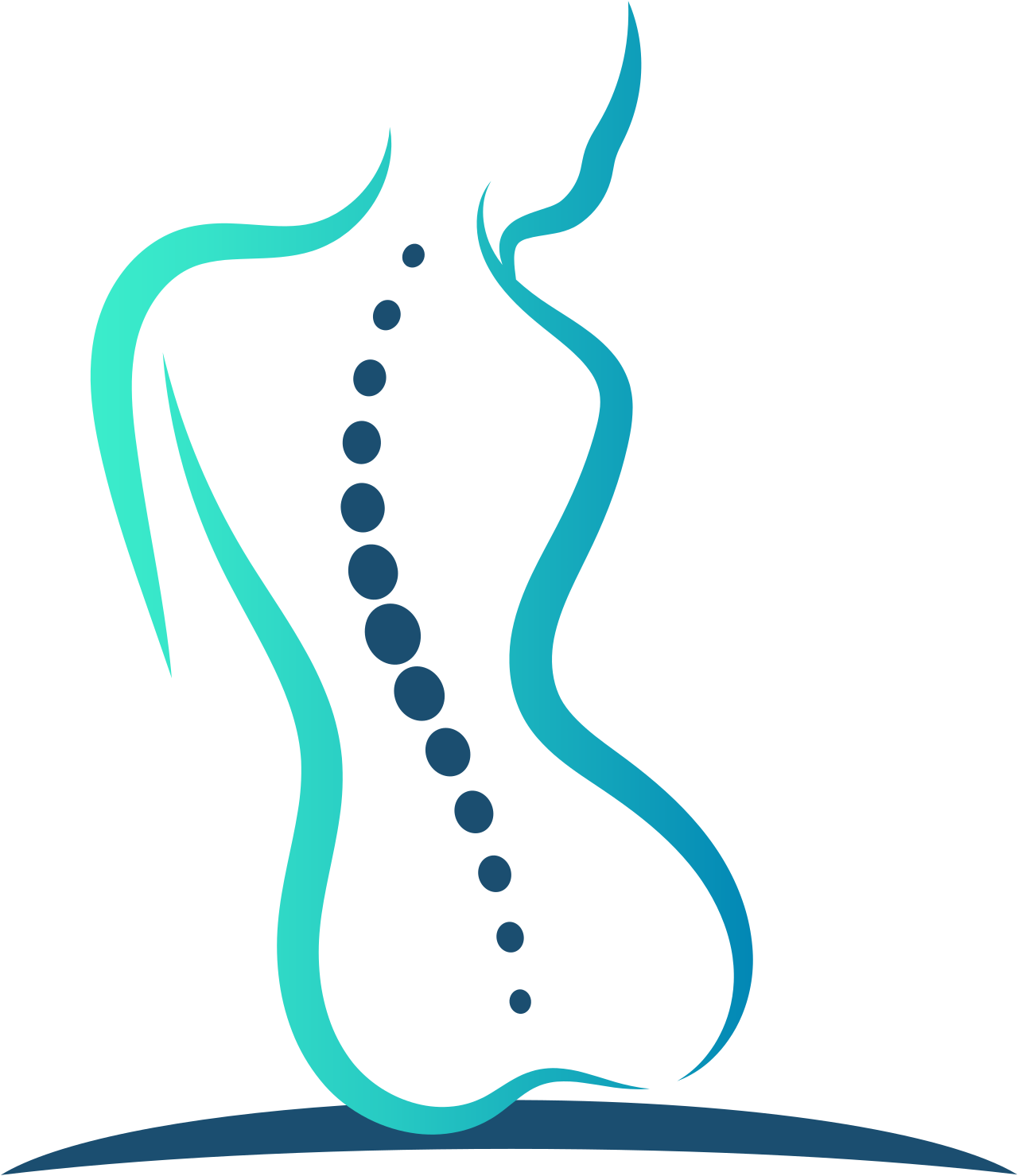Relieving pain from muscle spasms and pinched nerves
Muscle spasms from pinched nerves are some of the most painful conditions someone can have in their back. In fact, at DFW Interventional Pain Institute, we treat many patients who have concerns regarding chronic muscle spasms and pinched nerves. This blog post aims to illuminate the causes, symptoms, and most importantly, effective management strategies for when you're having muscle spasms stemming from a pinched nerve in your back (or elsewhere).
By the end of this post, our hope is that you will gain a deeper understanding of your symptoms and acquire practical ways to alleviate and potentially eliminate the discomfort associated with this muscle spasms from a pinched nerve. We'll also discuss how a pain management doctor like Dr. Edrick Lopez can help if you're continuing to experience chronic muscle spasms and/or pinched nerves.
What are muscle spasms?
Muscle spasms, also known as muscle cramps, are sudden, involuntary contractions of one or more muscles. They are often characterized by a noticeable hardening of the muscle or group of muscles coupled with intense pain. These spasms can occur in any muscle group, but are most common in the legs, arms, hands, abdomen and along the ribcage. While they are usually harmless and subside after a few minutes, they can be a source of chronic discomfort for some individuals, significantly affecting their quality of life.
The relationship between muscle spasms and pinched nerves is quite direct. A pinched nerve happens when a nerve is compressed or squeezed due to various factors such as a herniated disc, bone spurs, or spinal stenosis. This pressure disrupts the nerve's function, causing pain, tingling, numbness or weakness. A common symptom of pinched nerves is muscle spasms. This is because the nerve, when compressed, may begin to send signals to the muscles at a higher rate, causing them to contract uncontrollably, leading to spasms.
It's also worth noting that a pinched nerve does not only cause muscle spasms in the area where the nerve is compressed. Given that nerves are like electrical wires carrying signals from your brain to the rest of your body, a pinched nerve can cause symptoms, including muscle spasms, in different parts of your body. For instance, a pinched nerve in your lower back could potentially lead to muscle spasms in your leg. This is why effective management and treatment of pinched nerves are crucial to alleviating muscle spasms.
What is a pinched nerve?
A pinched nerve, medically known as nerve compression, occurs when a nerve is squeezed or compacted, often due to surrounding tissues such as bones, cartilage, muscles, or tendons. This can occur in various parts of the body and is a common cause of back and neck pain, as well as pain in the extremities. Some of the common conditions leading to pinched nerves include herniated discs in the spine, carpal tunnel syndrome in the wrist, and sciatica, which involves pressure on the sciatic nerve running from the lower back to the legs.
The pain experienced from a pinched nerve is not simply due to the physical pressure on the nerve, but also due to the interruption of the nerve's function. Nerves are part of the body's expansive communication network, responsible for transmitting signals between the brain and the rest of the body. These signals include those that control voluntary muscle movement and those that communicate sensory information such as touch, temperature, and pain. When a nerve is pinched, these signals can be disrupted. This can lead to sensations of tingling, numbness, or the feeling of "pins and needles." In some instances, the signals that control muscle movement can be affected, leading to muscle weakness.
Moreover, the effects of a pinched nerve can extend beyond the immediate area of compression. Given that nerves are like long wires running through the body, a pinched nerve can affect the areas along the path of the nerve. For instance, a pinched nerve in the spine can lead to pain or symptoms in the arms or legs. This is why the pain from a pinched nerve can sometimes be felt in a different location from where the nerve is actually compressed, a phenomenon known as referred pain. Therefore, effective diagnosis and treatment of pinched nerves are crucial in managing associated symptoms and discomfort.
What can you do to help with the pain caused by muscle spasms from a pinched nerve?
If muscle spasms are infrequent (that is, not chronically happening frequently throughout the year) and not long lasting (as an example, not lasting for more than a week or two at a time), you can try a number of home remedies such as the following:
Rest as much as possible and take weight off the affected area
For example, lie down as much as possible if the pain/discomfort is in your lower back to reduce the amount of stress put on that area.
Apply heat to the affected area to help relax your muscles
This can be done using a heating pad, hot bath, hot shower or (if you're fortunate to have one) hot tub.
Take over-the-counter medication such as ibuprofen or naproxen to reduce inflammation and pain
NSAIDs like ibuprofen or naproxen work to reduce inflammation in the affected areas while also reducing pain. Be careful to take only the recommended dosage and do not take too much within the recommended period.
Try stretching exercises specific to the area of your discomfort
Stretching exercises that target the muscles connected to the affected muscles can help reduce the stress and strain on the affected areas of your body. Be gentle with yourself and don't push too hard in the stretches.
Get a massage to help loosen tense muscles and promote relaxation
Having a professional or a partner help you with a massage can help not only reduce stress and strain the affected area but also help with overall body relaxation.
When should I consider seeing a pain management specialist for my muscles spasms from pinched nerves?
If you are experiencing chronic muscle spasms that persist for weeks or recur frequently throughout the year, it is wise to see a pain management specialist. This is particularly crucial if your muscle spasms are accompanied by severe pain or if they disrupt your daily activities. Persistent muscle spasms could be indicative of an underlying health condition, such as a pinched nerve, and may require more advanced treatment methods that can be provided by a pain management specialist.
The onset of new, unusual symptoms should also prompt a visit to a pain management specialist. If your muscle spasms are accompanied by signs like numbness, tingling, or weakness in your limbs, these could suggest a serious underlying condition that needs immediate attention. Additionally, if you find that your spasms are not responding to treatments that used to work, or if they are becoming progressively worse, a consultation with a pain management doctor could help identify the cause and develop a better treatment strategy.
Lastly, if your quality of life is significantly impacted by your muscle spasms, seeking help from a pain management specialist is vital. Living with chronic back pain can have a serious impact on your mental health, leading to issues like anxiety and depression. A pain management doctor can provide a comprehensive treatment plan that doesn't just address the physical symptoms, but also considers the psychological impact of living with chronic pain. They can coordinate with other specialists, such as physiotherapists, psychologists and neurologists, to provide a multidisciplinary approach to managing your pain.
DFW Interventional Pain Institute is here to help you live your best life
If your quality of life has been impacted by chronic muscle spasms, we can help. Book an appointment to see Dr. Edrick Lopez today, or call our office if you would like to discuss your symptoms with our experienced team and we'll make sure you get the answers you need to make great decisions about your personal health care.

